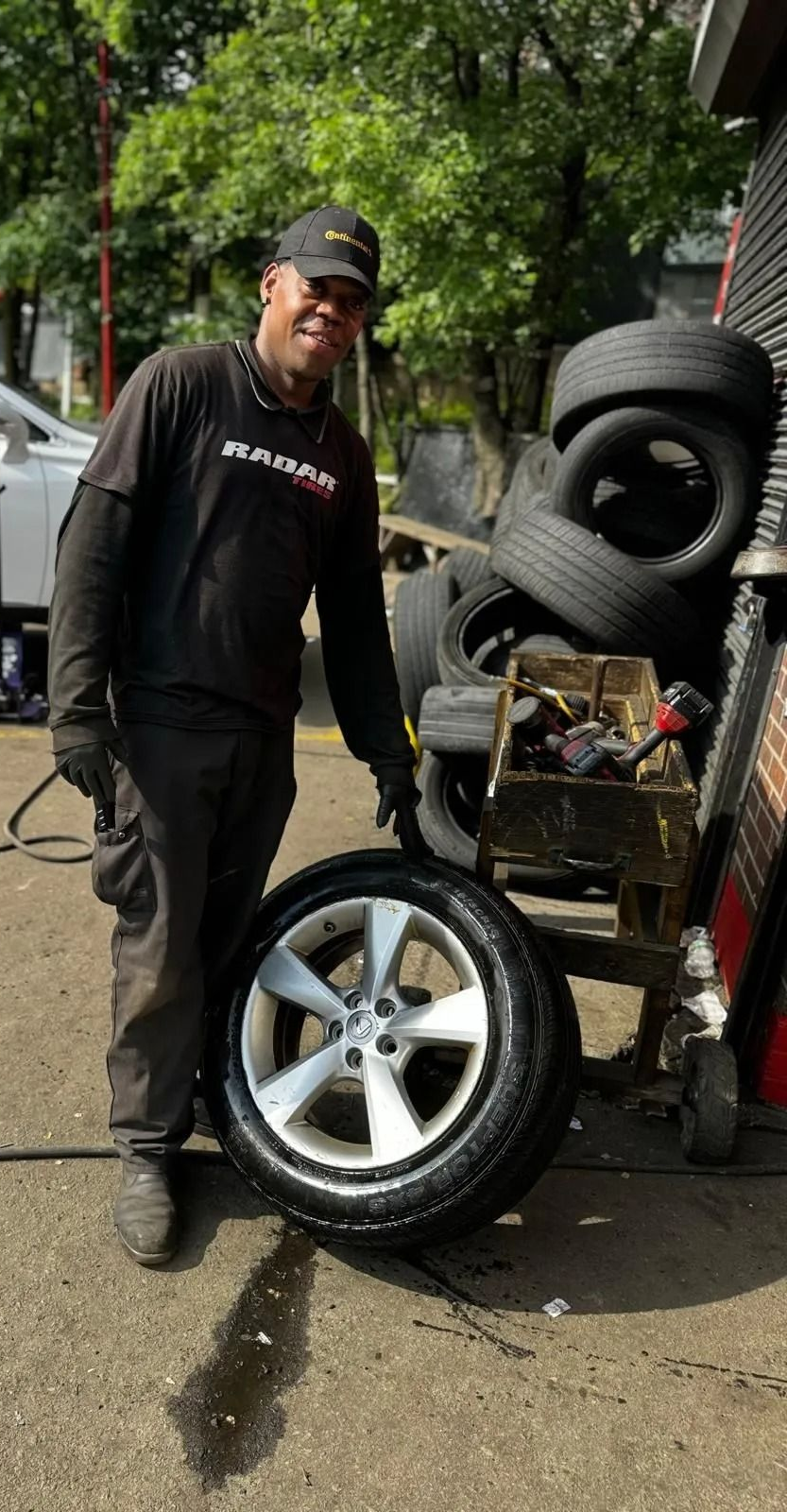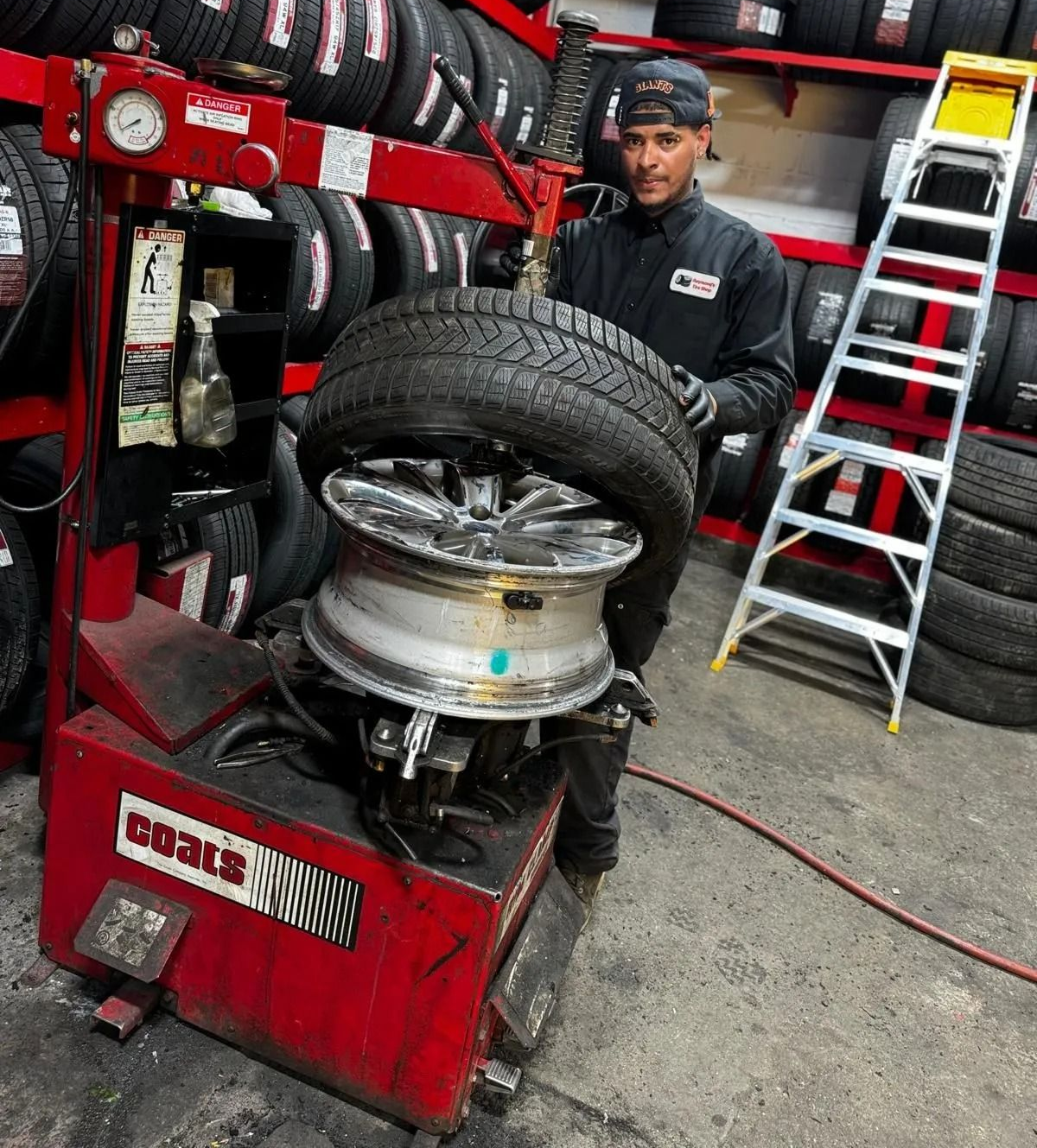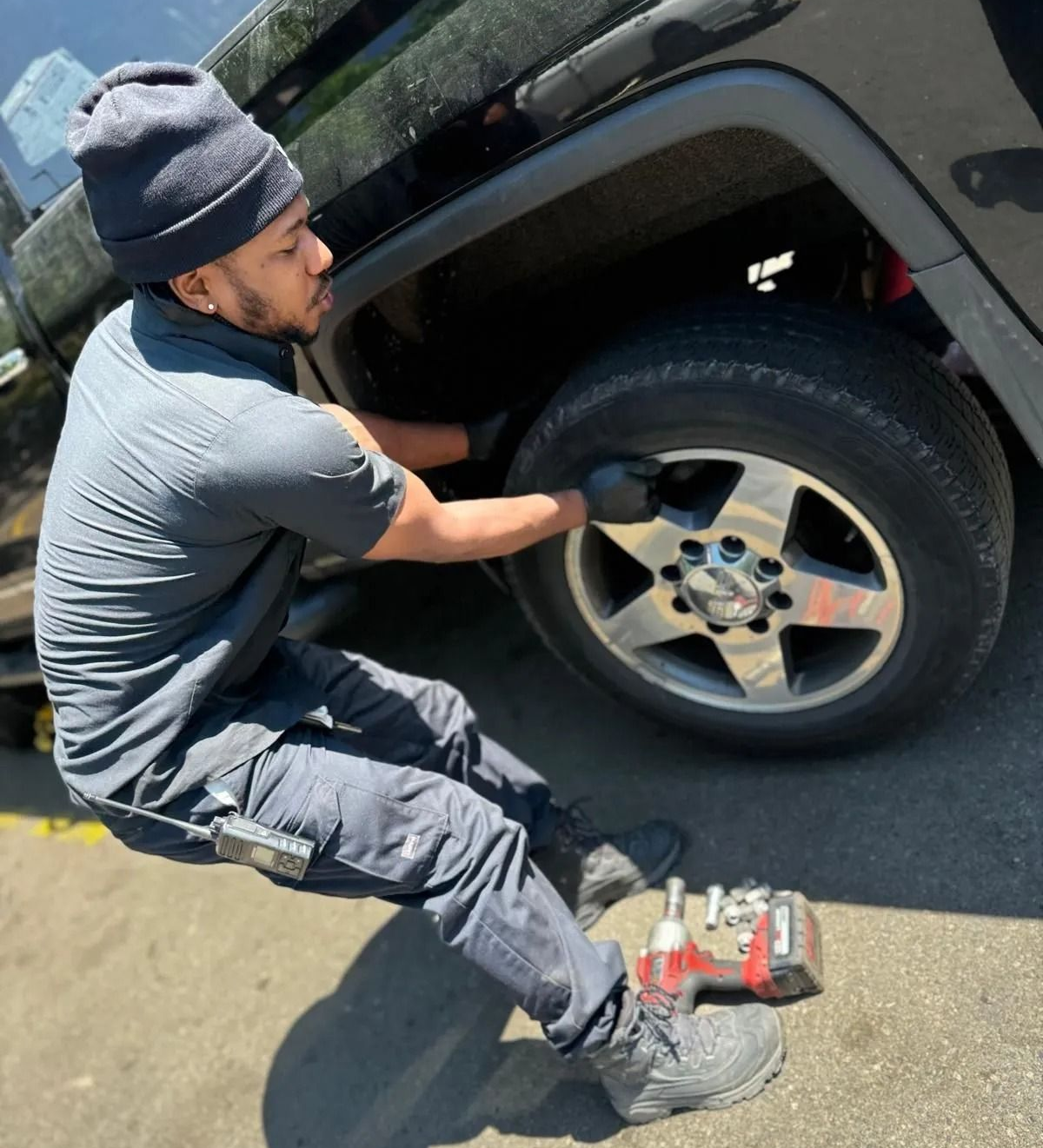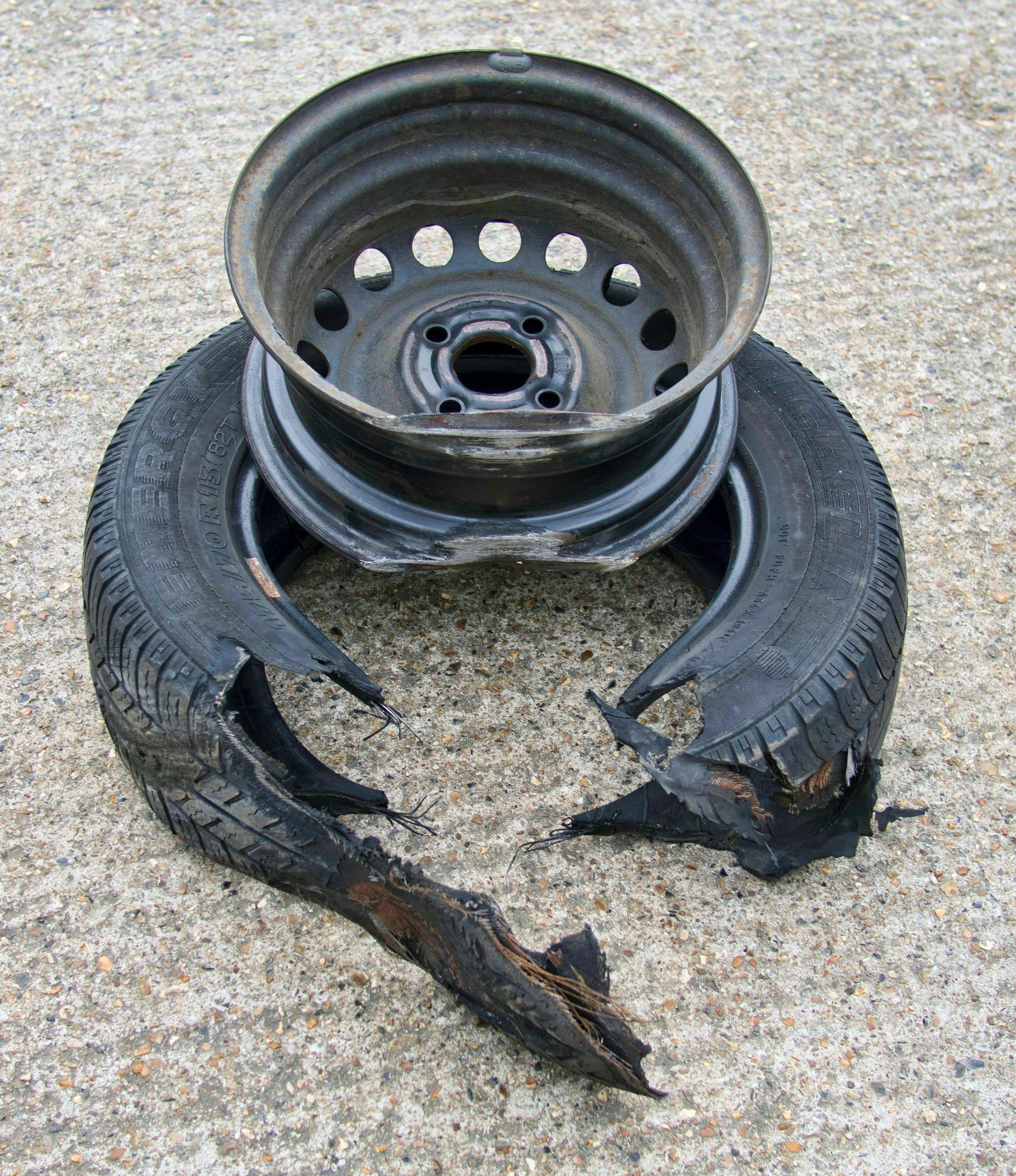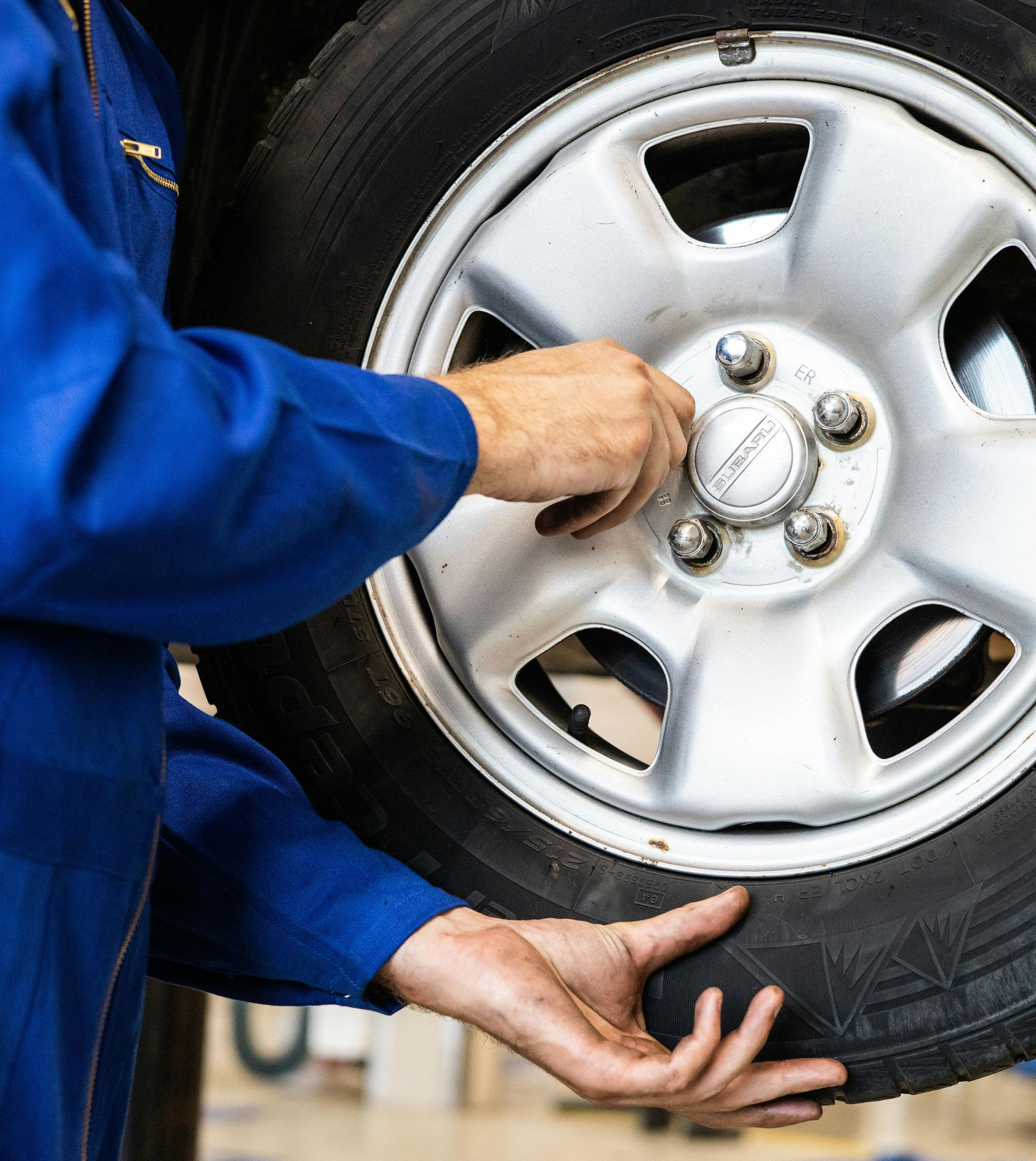How Worn Tires Impact Stopping Distance and Emergency Handling
The Critical Connection Between Tire Wear and Road Safety
Safe driving depends on several factors, but few are as important as the condition of your tires. Even with a strong engine, advanced braking system, and modern safety features, a vehicle cannot perform properly if its tires are worn. At Raymond’s Tire Shop, we help drivers understand how tire wear affects stopping distance, traction, and emergency maneuverability, because these elements are essential for avoiding collisions and maintaining control on the road.
Why Tread Depth Matters
Tread depth plays an essential role in the way a tire grips the road. As tread wears down, the grooves that disperse water, provide traction, and maintain stability begin to fade. Even if worn tires appear functional, their performance decreases significantly, especially during sudden stops or emergency maneuvers.
Industry research, including
studies supported by AAA and the Automobile Club of Southern California’s Automotive Research Center, has shown that worn tires require noticeably longer distances to come to a complete stop. Reduced tread depth limits the tire’s ability to grip the pavement, which increases the time and distance needed to slow the vehicle safely.

Increased Stopping Distance in Real Conditions
Stopping distance is affected by speed, road surface, braking system, and tire condition. When tires are worn, the rubber does not create the same level of friction, leading to longer stopping distances even under ideal conditions. On wet or slick pavement, the difference becomes even more pronounced.
For example, tires nearing the
minimum legal tread depth can take several car lengths longer to stop compared to tires with healthy tread. This difference can determine whether a driver avoids an obstacle or becomes involved in a collision. Even a small increase in stopping distance can matter when roads are crowded or when a driver needs to react quickly.
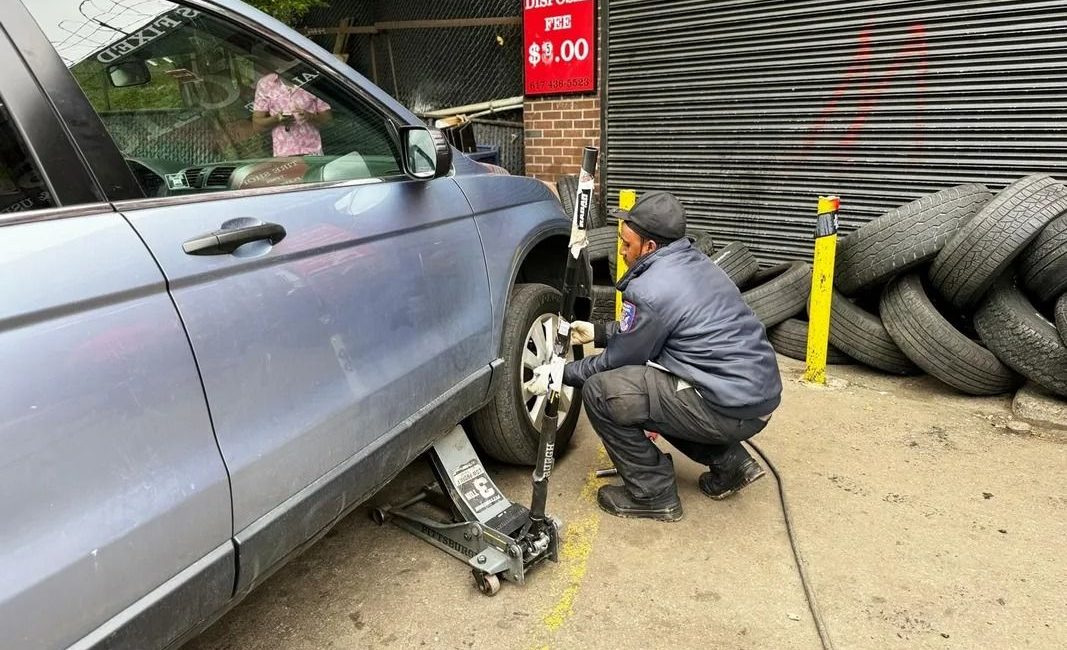
Reduced Traction During Sudden Maneuvers
Emergency handling involves more than braking. Drivers rely on traction when swerving, steering sharply, or avoiding unexpected hazards. Worn tires lose their ability to hold the road in these moments, which can lead to skidding or loss of control.
When tread depth is low, the tire cannot channel water or debris away efficiently.
Hydroplaning becomes more likely on wet roads, particularly at higher speeds. On dry roads, worn tires can slip during sharp turns or abrupt lane changes. These situations create serious safety concerns, especially for drivers who commute in heavy traffic or drive in areas with unpredictable weather.
How Worn Tires Affect Driving Stability
Modern vehicles use advanced systems to help maintain control, such as anti-lock brakes and traction control. These systems rely on healthy tires to function effectively. When tires are worn, these safety systems cannot compensate for the lack of grip or stability.
Worn tires can also cause vibration, uneven handling, and reduced responsiveness. Drivers may feel the steering wheel pull, shake, or respond slowly to input, all of which can indicate that the road contact is compromised. These issues often worsen over time and may contribute to additional wear on suspension and steering components.
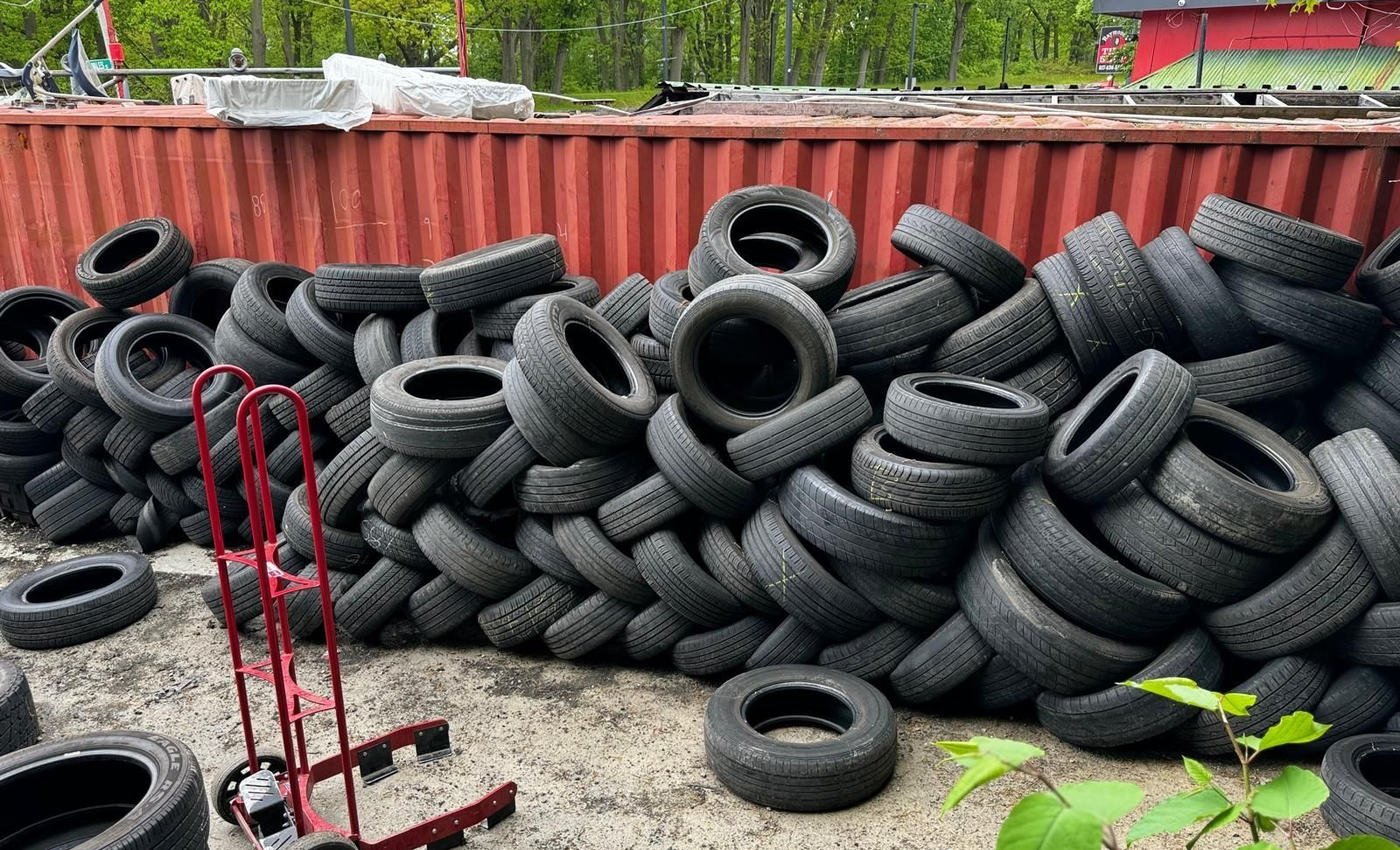
The Role of Regular Inspections
Because tire wear happens gradually, many drivers do not notice a problem until performance begins to decline. Regular tire inspections help identify issues early and ensure that tread depth remains within a safe range. At Raymond’s Tire Shop, we measure tread depth, examine wear patterns, and assess overall tire health. Uneven wear may indicate alignment or inflation concerns that require correction.
Replacing tires before they reach unsafe levels is one of the simplest and most effective ways to maintain stopping power and emergency handling capability. Our team helps drivers choose the right replacement tires based on driving habits, weather conditions, and vehicle specifications.
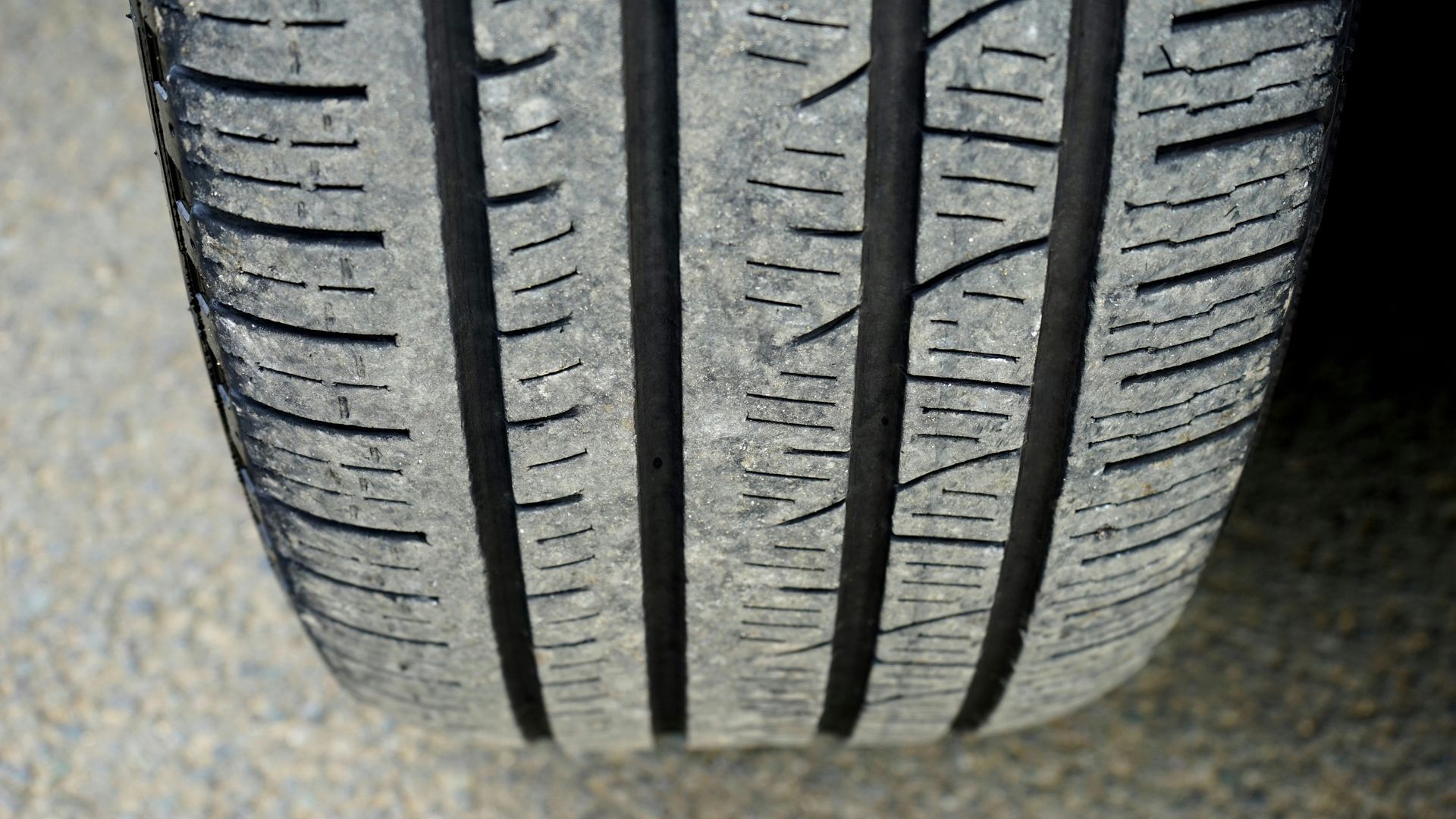
Moving Forward With Safer Tires
Worn tires compromise far more than appearance. They reduce stopping power, weaken traction, and limit the driver’s ability to respond during unexpected situations. Investing in safe, reliable tires protects both the vehicle and everyone inside it.
At Raymond’s Tire Shop, we are committed to helping drivers stay safe through proper tire maintenance and professional guidance. If you are unsure about the condition of your tires, we invite you to visit us for a thorough inspection. Together, we can ensure that your tires are ready for the road ahead and that your vehicle performs safely in every driving situation.






